This article appears in the February 2024 issue of the Wisconsin Agriculturalist.
For some producers calving season is upon us, while others are preparing for it to begin soon. Throughout this calving season it is important to remember that continuing proper cow management is necessary for your cows to have a successful, tight calving window next year. One of the most effective ways to manage the post-partum interval is to maintain the body condition scores (BCS) of your herd.
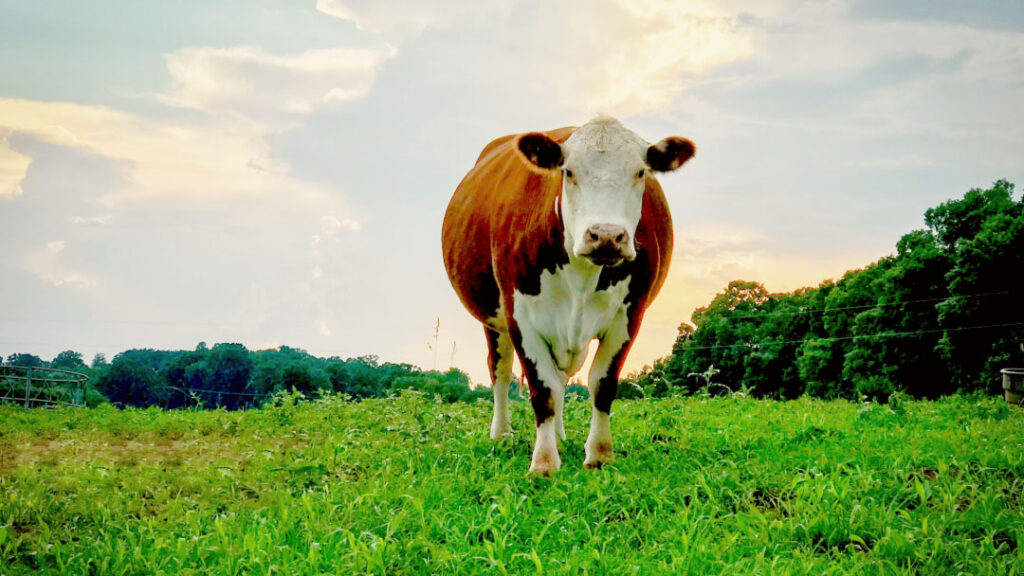
What is body condition scoring (BCS)?
Beef cattle body condition scoring uses a 1-9 scale to quantify overall body condition with 1 being an emaciated cow and 9 being an extremely overweight animal. BCS scores help make management decisions because thin cows that have a low BCS (1-3) will experience low production and reproductive performance. Producers should target forage/feed and pasture management to have cows at a BCS of 5 to 6 at breeding to achieve optimum conception success. Research has demonstrated that cows with a BCS of 4 or lower had pregnancy rates of 61%, in contrast to 90% for those cows that calved with a BCS of 5 or greater (Selk et al. 1986). Cows with a BCS of 5 will typically have a few ribs visible with little fat in the brisket region, their hooks and pins will also be clearly defined with a smooth overall appearance. It is important to remember that over-conditioned cows (BCS 8 and greater) will also experience reproduction issues like retained placentas and likely have a difficult time being rebred due to metabolic issues. Maintaining body condition at 5 to 6 with minimal changes throughout the year is usually the most economical way to manage the cow’s nutritional needs.
First-calf heifer challenges
Younger cows and first-time heifers often experience more trouble maintaining their body condition because the nutrients they consume are going into lactation for their newborn, and their own growth. First calf heifers will continue to grow to their mature size until about 4 years of age. Nutrient allocation is prioritized to the young cow’s growth over lactation and reproduction. First calf heifers need to return to normal estrous 80 days after calving, but they will not be able to do that without sufficient nutrition. It may be beneficial to have first calf heifers and younger cows to be at a BCS of 6 prior to calving to accommodate the greater energy needs they have due to the demands of their own growth. However, feed costs and availability, or pasture quality are some obstacles producers may run into while trying to increase or maintain the body condition of their herd.
Calving window
Maintaining body condition is just one piece of the puzzle that could help assist your operation in getting cows bred back in an ideal timeframe for a tighter calving window. Having a tight calving window is important. Calves born closer together provide a more uniform group at sale time due to being closer in size and age. Replacement heifer calves born during the first 21-days of the calving season have increased weaning, pre-breeding, and pre-calving body weight during their first reproduction period compared to calves born later in the same calving season. Calves born during the first 21-days of the calving season could equal higher average group weights come sale time or increased chances of cycling before breeding.
Summary
Cows may experience a net energy deficient period prior to calving as the enlarged uterus effectively shrinks rumen capacity unless the ration takes this reduced intake ability into account. The key is to manage this time, so she does not lose body condition. By maintaining good body condition early on, you set yourself and your herd up for better success in the future.
Works Cited
Body condition scoring of cows – Oklahoma State University. Body Condition Scoring of Cows | Oklahoma State University. (2017, March 1). https://extension.okstate.edu/fact-sheets/body-condition-scoring-of-cows.html. Retrieved January 5, 2024.
Kasimanickam RK, Kasimanickam VR, McCann ML. Difference in Body Weight at Breeding Affects Reproductive Performance in Replacement Beef Heifers and Carries Consequences to Next Generation Heifers. Animals (Basel). 2021 Sep 26;11(10):2800. doi: 10.3390/ani11102800. PMID: 34679822; PMCID: PMC8533008. Retrieved January 5, 2024
Managing postpartum anestrus in beef cows for a successful breeding season. UNL Beef. https://beef.unl.edu/beefwatch/2021/managing-postpartum-anestrus-beef-cows-successful-breeding-season. Retrieved January 5, 2024.
Selk, G.E., R.P. Wettemann, K.S. Lusby, and R.T. Rusby. 1986. The Importance of Body Condition at Calving on Reproduction in Beef Cows. Animal Science Research Report. Oklahoma State University. Retrieved January 5, 2024.

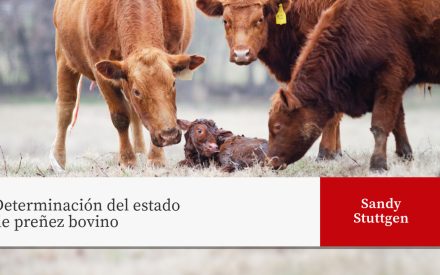 Determinación del estado de preñez bovino
Determinación del estado de preñez bovino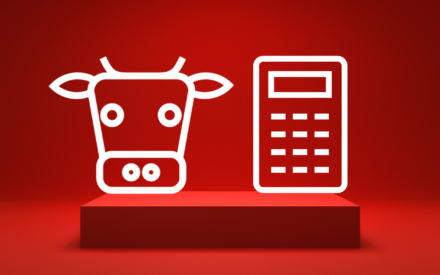 Beef & Dairy Cattle Gestation and Calving Date Calculator
Beef & Dairy Cattle Gestation and Calving Date Calculator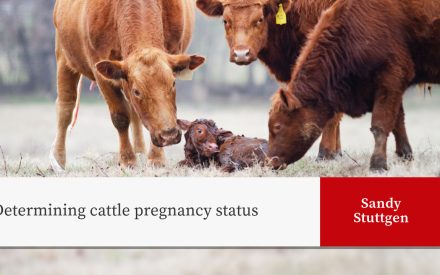 Determining cattle pregnancy status
Determining cattle pregnancy status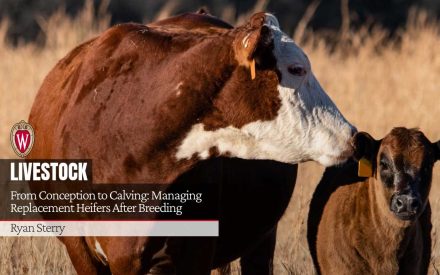 From Conception to Calving: Managing Replacement Heifers After Breeding
From Conception to Calving: Managing Replacement Heifers After Breeding


